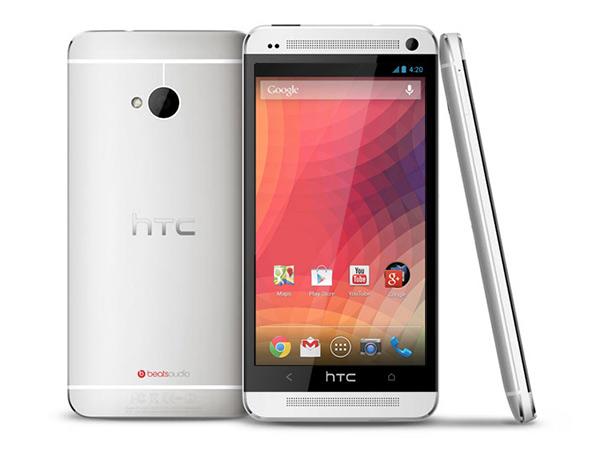
The new testing has begun today and runs through March 9th. SwiftKey asks the VIP members to be on the look out for various changes they implemented and see if they fixes are working or causing more grief. This is limited to just current VIP members and is not an open beta for the world to try out. Below is a list of some of the key changes that are being tested out.
Closing brackets: The space before } ] ) is removed and a space after the closing bracket is added. So if you write SwiftKey) by selecting SwiftKey as a prediction, the space between SwiftKey and ) is deleted and another space is inserted after the closing bracket.
Closing quotes: If you type “I like SwiftKey” by selecting SwiftKey as a prediction the space between SwiftKey and ” is deleted and another space is inserted after the closing quote. This behaviour is adjusted for quotation marks used in other languages such as « », „ “, etc.
You can access the various quotation marks by long pressing the ” key in the 123 panel of the keyboard.
French: There is now a space both before and after ! and ?So if you write Bonjour ! by selecting Bonjour as a prediction, the space between Bonjour and ! remains and another space is inserted after the exclamation mark.
Notice that typing another ! gives you Bonjour !! (without a space between the two exclamation marks).
No space is added after : and ; to allow you to write smileys without having to delete this space.
Arabic: Arabic inverted comma, semicolon and question mark now behave like their English counterparts.
Greek: The Greek questionmark now behaves like its English counterpart.
Via Androidcentral









